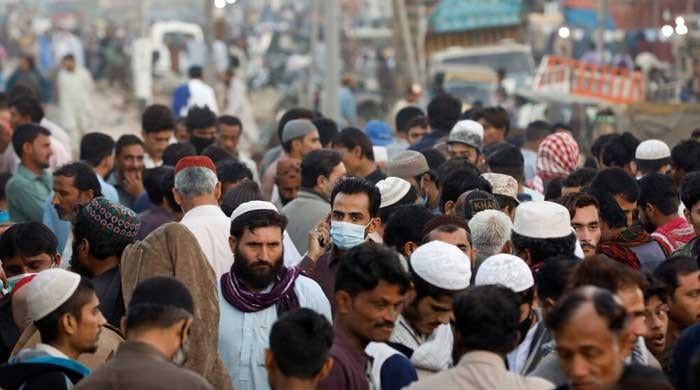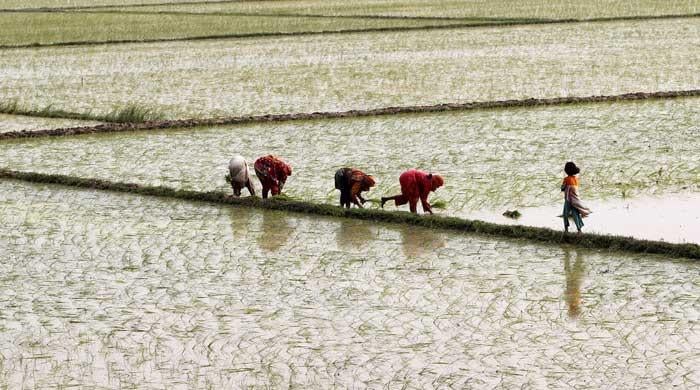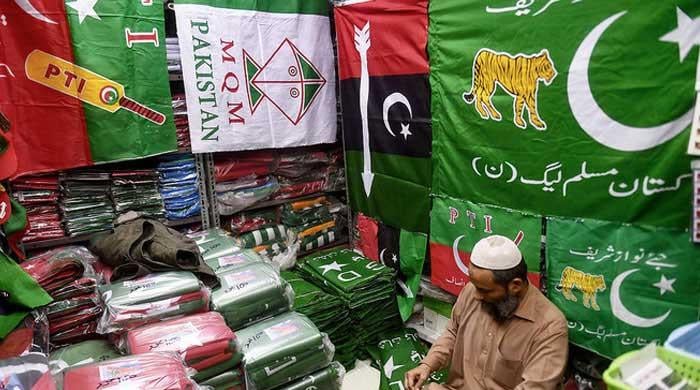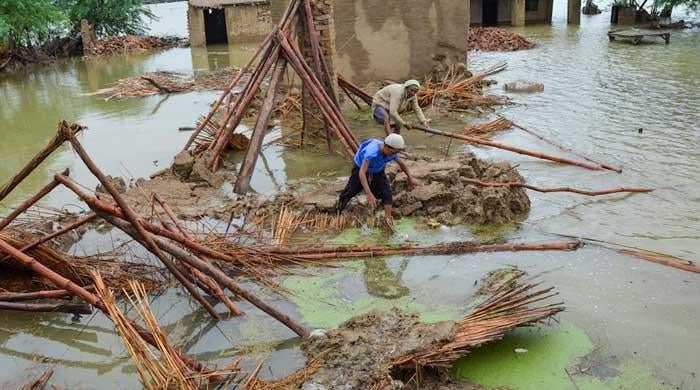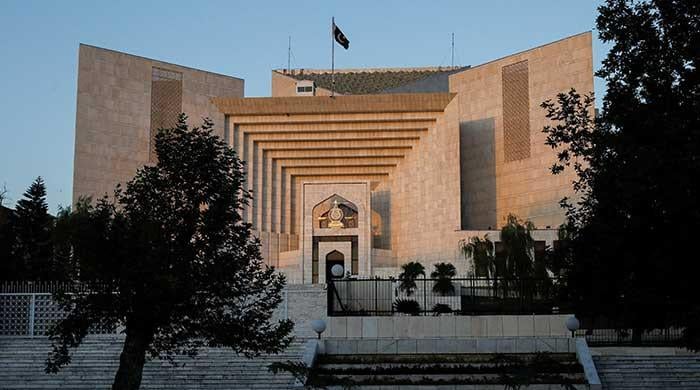Modi's new abnormal: Part - II
Narrative being advanced by New Delhi not just misleading, but also incapable of managing unintended consequences
May 30, 2025
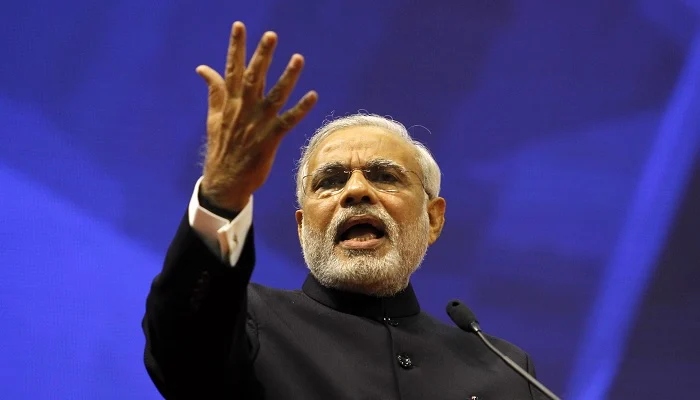
India’s strategy ignores the costs of provocation in a landscape already scarred by extremism. It also ignores the fact that Pakistan’s counterterror operations have evolved significantly since the era of Zarb-e-Azb and Radd-ul-Fasaad.
The current narrative being advanced by New Delhi is not just misleading, but also incapable of managing the unintended consequences it is inviting. The constant refrain on Jaish-e-Mohammed and Lashkar-e-Tayyaba (LeT) deliberately ignores the fact that all such outfits listed at the UN have been dismantled, with 900 physical properties taken over by the state, over 80 organisations proscribed, and leaders put in jail.
Despite positive verifications by UN monitoring teams in favour of Islamabad at international forums, there is no willingness or intent from India to fight regional terrorism through any joint mechanisms that offer a minimum level of transparency. Instead, New Delhi continues with an aggressive labelling strategy to put Pakistan on the defensive.
The most dangerous part of the doctrine is linked to terrorism as casus belli, or cause for war.
If five unidentified terrorists, such as those in the Pahalgam attack, are trumped up as sponsored by Pakistan, as a trigger for a full-on war, then everyone, not just South Asia, has cause to worry. Pahalgam is located in the internationally disputed territory of Kashmir, which is illegally occupied by New Delhi — a fact Indian officials at the UN did not want to acknowledge.
Since 2019, it has become, other than Gaza, the world’s largest open prison of locals who resist the genocide New Delhi has unleashed on them by revoking Kashmir’s special status, but also by a surge in demographic cleansing of the area. The area is under military occupation of over a million security forces, so whatever terrorist was behind the heinous killing of tourists, it has been definitively proven that Pakistan’s fingerprints were not on the attack. The international community, too, has noted that Pakistan’s immediate offer of a neutral investigation into the attack was spurned by India, which led many to wonder which government has what to hide in the whole sorry episode.
Kashmir continues to absorb the heaviest cost of the India-Pakistan conflict. The region remains caught in the crosshairs of bullets, shells — and now drones. Since 2019, over 700 incidents have been reported, claiming the lives of at least 277 soldiers and 212 civilians. The violence has become routine and Kashmiris are left to pay the price of every diplomatic rupture and military flare-up.
The refusal to acknowledge Kashmiri agency remains the conflict’s most destabilising feature. Its future cannot be shaped through constitutional sleight or unilateral executive action. The Indian government’s 2019 decision to revoke Article 370 has failed to extinguish the call for self-determination. Millions of Kashmiris have been disenfranchised by redrawn electoral maps and new domicile laws that aim to shift the region’s demographic makeup. A project once presented as integration has revealed itself as occupation, both administratively and militarily. As long as Kashmir is denied representation and the freedom to speak, regional peace will remain beyond reach. No de-escalation effort can succeed without the inclusion of Kashmiri voices.
At the same time, the ideological realignment of the Indian state under Modi has moved Hindutva from the margins of political discourse to the centre of governance. No longer confined to cultural rhetoric or electoral strategy, it now informs the state’s legislative agenda, institutional arrangements and public pedagogy. The Citizenship Amendment Act (CAA), passed in 2020, codified a hierarchy of belonging, offering fast-tracked citizenship to non-Muslim refugees while excluding persecuted Muslim minorities. Combined with the proposed National Register of Citizens, it signalled a redefinition of Indian citizenship itself, placing millions of Muslims at risk of statelessness.
The dismantling of Muslim civic infrastructure, including moves against the Waqf Board, has intensified under a governance model that treats minority identity as a liability rather than a constitutional guarantee.
These shifts have reconfigured India’s external posture. When domestic legitimacy is anchored in majoritarian nationalism, foreign policy becomes an extension of internal consolidation. Kashmiri Muslims are subject to surveillance, silence and discrimination. Protest is criminalised, religious practice curtailed and civic space systematically eroded. Within India, these developments are normalised by a pliant media ecosystem; beyond its borders, they complicate New Delhi’s claim to democratic leadership. The transformation of India into a Hindutva republic recasts it as a state driven less by coexistence than by exclusion.
The nuclear overhang is also a factor no one can ignore. India and Pakistan possess roughly equal nuclear arsenals, with 172 and 170 warheads respectively. India completed its nuclear triad in 2018, enhancing its second-strike capability across land, air and sea. This theoretically strengthens deterrence, but the reality on the ground tells a different story.
The 2019 Balakot air strikes marked a significant departure from traditional restraint: India engaged in conventional military retaliation below the nuclear threshold, yet raised tensions dramatically. This action, met with muted international response, effectively lowered the threshold for escalation and signalled a willingness to challenge established deterrence norms. Though India maintains a declared No First Use policy, recent statements from senior officials have introduced ambiguity, undermining the predictability essential to deterrence stability. When strategic signalling edges into calculated escalation, deterrence risks transforming into dominance, increasing instability rather than reducing it.
The potential human cost of such instability is catastrophic. A limited nuclear exchange in South Asia could cause around 20 million immediate deaths within a week. Beyond that, a full-scale nuclear conflict risks triggering a nuclear winter that would threaten nearly two billion people, predominantly in the developing world, with famine and societal collapse. These projections are grounded in current warhead inventories, delivery systems, and regional fault lines. New Delhi’s strategic posture is marked by advances in sea-based deterrents, multiple independently targetable reentry vehicles (MIRVs) and emerging space capabilities, signalling a push toward escalation dominance rather than measured deterrence.
This posture operates in a context of frozen communication channels and a lack of effective crisis management mechanisms between the two powers. Without clear red lines or reliable diplomacy, the probability of miscalculation escalates sharply. The nuclear overhang in South Asia remains one of the most acute threats to regional and global security, shaped by India’s aggressive strategic signalling. The use of UAVs and precision strikes has also changed the texture of escalation. The current cycle reaches new heights with each round, but what is alarming is the baseline it sets for the future. If New Delhi begins the next episode where it ended this one or higher, the risks of uncontrollable escalation multiply. None of this supports regional stability.
Essentially, Prime Minister Modi’s announcement that Operation Sindoor represents the “new normal” signals a deliberate hardening of India’s strategic posture. This shift presumes culpability without evidence, bypasses due process, and substitutes political theatre for intelligence work. The most dangerous part of this manufactured new abnormal is that New Delhi now blurs the line between state responsibility and non-state actors, conflating militancy with foreign policy. This logic rewards escalation and penalises restraint.
With disinformation a central hub of the state’s toolkit, manufactured trends are broadcast early and relentlessly, often before facts are established. AI-generated content and unverified claims dominate news cycles, especially during crises. The result is a degraded information environment where perception trumps reality. These conditions favour speed over accuracy and political payoff over diplomatic caution. The space for dialogue narrows further each time this model is repeated.
In this model, Pakistan’s search for peace is derided as weakness, further shrinking the space for stabilisation paths. The problem is that Modi’s ‘new abnormal’ is not a doctrine of deterrence, but a doctrine of perpetual war rooted in the kind of mass supremacist agendas of neo-fascist teleology. The world should worry, because it creates real consequences beyond India’s borders.
The writer is chair of the Climate and Environment Standing Committee in the Senate of Pakistan, and former ambassador to the United States.
Disclaimer: The viewpoints expressed in this piece are the writer's own and don't necessarily reflect Geo.tv's editorial policy.
Originally published in The News




